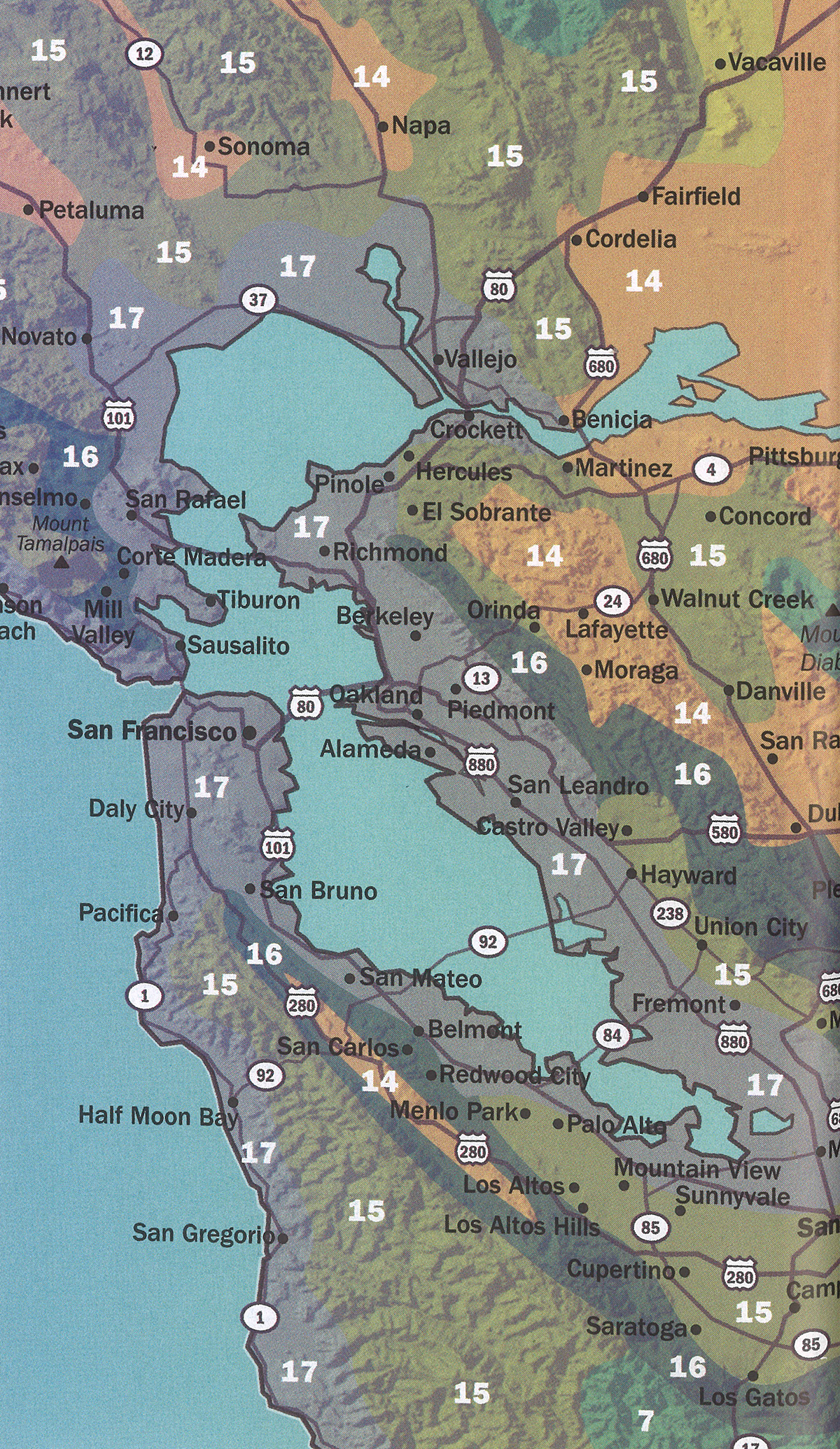Growing Notes
Remove unwanted suckers early to establish the number and location of mature trunks and create a more open form. Trunks can be removed later, but this leaves scarred bases. Conversely, allow new suckers to fill in over time, keeping a good thick screen or make a staggered canopy.
The leaves naturally grow from the center and, as they are replaced with newer leaves, old ones turn brown. As such, there’s no need to worry if the older leaves are turning brown, as this is the natural growth of the plant. You can prune the leaves off once they start to look ratty, or leave them as they would be in nature. The trunks can also be skinned by cutting off older leaves with a serrated hori hori or razor knife. Do this by scoring a ring around the trunk, just above the base of the leaf (where it attaches to the trunk, not up near the leaf petiole coming off of the trunk). Cut just deep enough to get through the leaf without damaging the trunk (you may find a shallow cut line on the trunk, which is fine); do this while pulling the leaf base away from the cut as you go. This helps the cut stay clean and shallow. Skinning a traveler’s tree gives it a clean smooth trunk, slightly ringed, and accentuates the canopy. The trunk will be light colored at first and then darken to grey over time.
The leaves have adapted to split toward the midrib instead of just tearing off entirely in violent storms. For this reason, the traveler’s tree isn’t the best choice for a windy area, where it will grow with tattered leaves. It should also be protected during transit and not taken in a pickup bed at full speed flapping in the wind!
The growth speed of this tropical plant is directly tied to temperature. In areas with hot summers with warm evenings it bounds forward, given good water and fertilizer.

